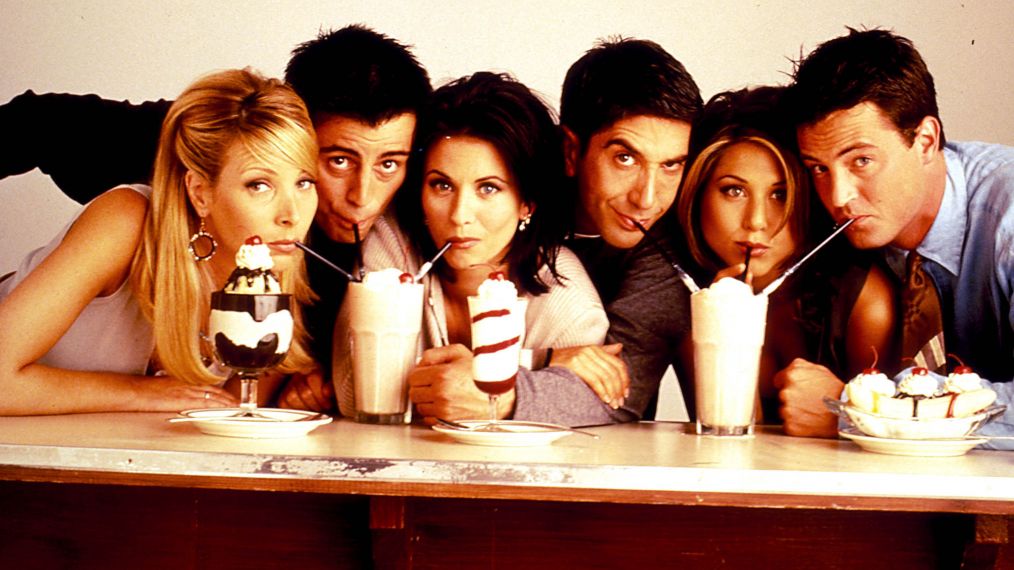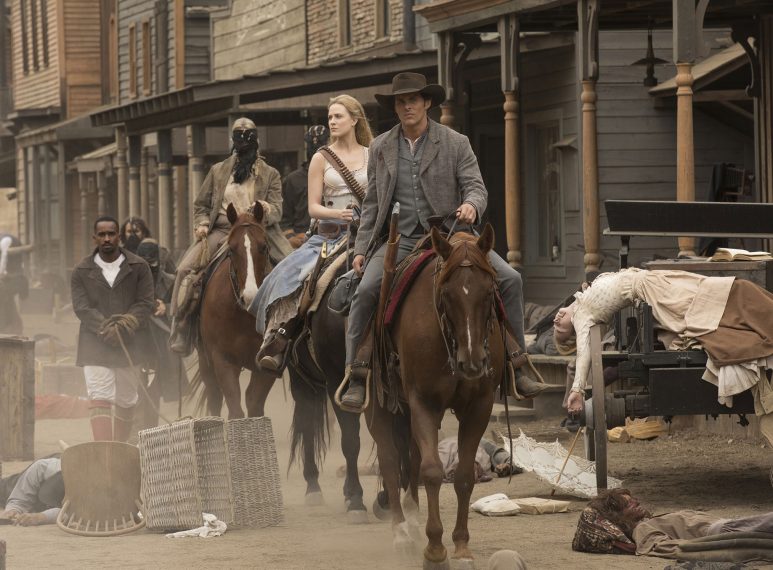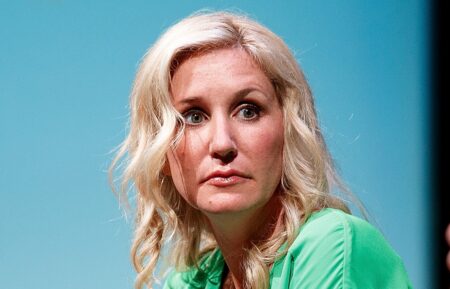How Streaming TV Will Change (For Better or Worse) in 2019

There was almost a new episode of Friends written last month: “The One With Netflix Losing Your Favorite Show.”
In early December, anyone clicking to watch the popular 1994–2004 sitcom on Netflix first read some alarming language on their screen, stating the series would no longer be available on the streaming service starting January 1, because Netflix’s contract to air Friends was expiring. Fans quickly voiced loud displeasure on social media; within days, Netflix agreed to pay WarnerMedia — the huge entertainment company that owns, among other things, HBO, Turner and, yes, the rights to Friends — $100 million to keep Ross, Rachel and their pals on the streaming giant—but only for another year. The new fee was more than three times what they’d been paying for Friends annually.

Harry Potter and the Deathly Hallows: Part 1
While it seems to have worked out for everyone involved, the Friends fireworks may have started what looks to be television’s great streaming wars of 2019. WarnerMedia — owned by AT&T, and with a library of programs and movies that also includes The Big Bang Theory, Game of Thrones and the Harry Potter films — plans to launch its own streaming service this year, competing with Netflix.
And as the Friends deal suggests, WarnerMedia will soon have a choice to make: whether to license programming to Netflix or offer it exclusively to its own subscribers and perhaps risk losing the millions Netflix now pays to air them. But most important, the move leaves TV fans in the middle. They will have to decide whether to pay more for new services or give up access to beloved shows.
WarnerMedia is not alone: Disney, Apple and Walmart are the other well-known, generously funded businesses creating new services in the coming year. Imagine a Marvel fan scouring Netflix for Black Panther just to find it’s suddenly no longer available anywhere except a separate Disney+ service. It could happen.
“Consumers want to have the largest variety of what they’re interested in watching available from a single source,” says media analyst Bill Carroll. “If, in order to get that, you have to acquire more than one or two services, that becomes less consumer-friendly.”

Marvel’s Captain America: Civil War
Like Netflix, Hulu and Amazon Prime Video, each new service plans to create original programs to lure viewers. That also works in the favor of Apple and Walmart, companies with big brand-name recognition and full wallets of ready spending cash.
How much they’ll spend is key in this battle. Apple is devoting $1 billion to its streaming offering in Year 1 and is expected to shell out up to $4.2 billion by 2022. The service will focus on originals, given the deals Apple has signed with a roster of Hollywood A-listers. It’s estimated that Netflix plans to pay $10 billion on content next year. Apple, which has long had ambitions to move beyond such tech victories as the iPhone, may have to spend even more.
Every service hopes to strike the way Hulu and Prime Video have with originals like The Handmaid’s Tale and The Marvelous Mrs. Maisel, respectively, securing watercooler favorites through new series. And as in any great battle, streaming services are lining up generals — in this case, picking among top broadcast and cable executives. Netflix has added ex-ABC entertainment president Channing Dungey, reuniting her with Grey’s Anatomy creator Shonda Rhimes, who signed her own multiyear Netflix deal in 2017. And WarnerMedia just gave TBS and TNT president Kevin Reilly (he shepherded ER and The Sopranos during his long career) another title: chief creative officer of their service. That’ll mean more great programs for whatever bucks viewers spend.
“If you start out with original programming, you have to get lucky,” Carroll says. “You must have the program the audience absolutely has to watch. From there, you can build out.”

Westworld
Where does that leave viewers? Playing the waiting game while strategic moves are made and prepping to either pay more for several services or do without some content they crave. Disney and WarnerMedia currently have a more valuable roster of familiar favorites, but as each of these four begins launching original content, that could sway folks to add a service.
“If, many years ago, you said to most viewers that in 10 or 15 years they would pay $100 to watch television, they probably would have laughed at you,” reminds Carroll. “[But now viewers are] used to being able to watch what they want, when they want, where they want.”
The “what” is the new question, as each service vies to be the one most living up to the Friends credo: “I’ll be there for you.”








